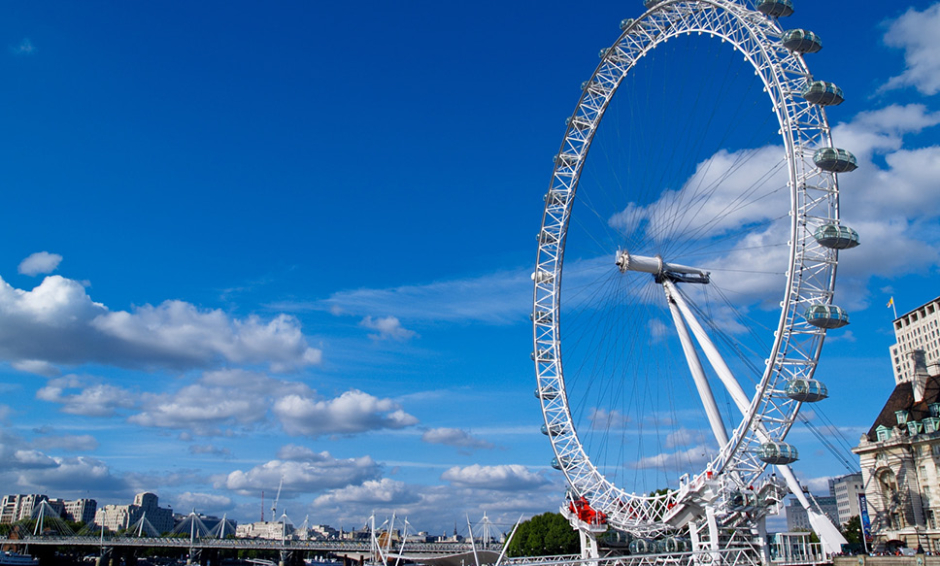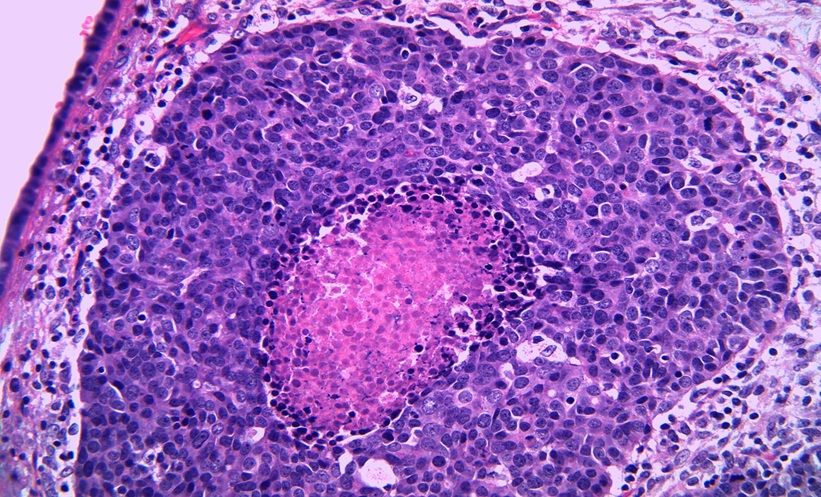OBJECTIVES
Substitution urethroplasty is the treatment of choice for patients with recurrent, extended urethral stricture, as the results of the still highly preferred endoscopic urethrotomy are very short lived. The challenge presented with this procedure is how to support and treat patients after an unsuccessful urethroplasty; the question is: what can we do and what should we offer such patients? Should it be a urethrostomy? Should it be regular urethral dilatation, or transurethral catheter as a last resort? Or should a redo urethroplasty be offered and would it be the better (but still risky!) option? We report the results of our prospective maintained database.
PROCESS
Between August 1994 and June 2015, 917 consecutive patients were prospectively evaluated after a single stage urethroplasty with buccal mucosal graft. Prior to this treatment, 112 of these patients (12.2%; 92 external, 20 own patients) had already undergone an unsuccessful urethroplasty previously (median age [range]: 51 [5–81]; stricture length [range]: 8 cm [1–23]; previous treatments [range]: 6 [2–22]). The redo urethroplasty was carried out exclusively as a ventral onlay.
Follow-up was carried out prospectively via standardised questionnaires detailing quality of life and urinary function (patient-reported). We recommended a residual urine sonography and uroflowmetry (3-monthly in the first year; 6-monthly for the following 4 years; yearly thereafter). In the case of a maximum flow rate of <15 mL/s and/or residual urine >50 mL, or in the case of urinary tract infection, a diagnostic urethrography and cystoscopy were performed.
RESULTS
Of the total participants, 92.8% (104/112) of patients could be evaluated. After a median of 54 months (range: 1–205), 9.6% (10/104) patients suffered a re-stricture. There was no difference in the two groups (away versus own patients).
CONCLUSIONS
A redo urethroplasty with buccal mucosal graft after an unsuccessful urethral reconstruction is associated with high success rates. The recurrence rate after the primary reconstruction of 8.2% (68/825) did not differ significantly as compared to the redo surgery in our centre.
IMPLICATIONS
As we return to the original problem and the questions asked at the start of this summary, we can draw the following implications. Firstly, the redo urethroplasty seems to be the most reasonable option for such patients, which if successful, could provide the best quality of life, as the micturition would still function naturally. Moreover, if unsuccessful, other options such as urethrostomy can still be performed. Secondly, the results, at least in our patients, are still good enough when compared with the primary repair. Thirdly, each patient should be counselled on an individual basis, with the pros and cons of every option stated and the patient should be informed about the slightly higher recurrence rate following the repeat surgery. The most important message taken from these results is that such cases, or better said, such high-risk cases, should only be operated on in high volume-experienced centres.








